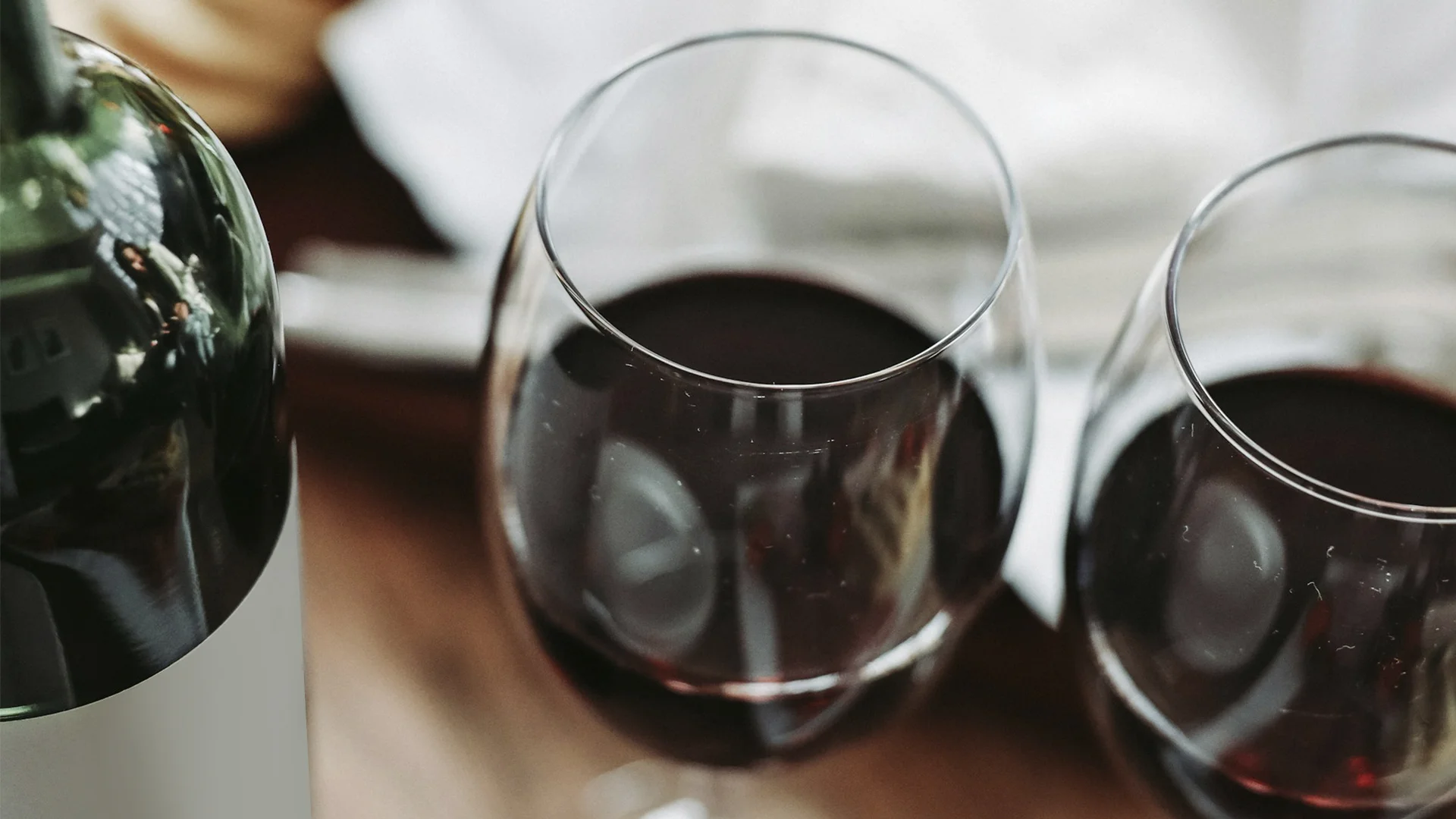
Think of Frappato as the wine world's equivalent of that friend who shows up to a black-tie event in sneakers and somehow still looks perfectly appropriate. This Sicilian native wine grape has spent decades playing a supporting role in Sicily's wine story, dutifully blending with the more muscular Nero d'Avola. But now? Now it's demanding its own spotlight, and frankly, it deserves it. The growing practices in Sicily focus on maintaining indigenous grape varieties, highlighting Frappato as a cherished local cultivar.
In this article, we will delve deeper into what makes each sip of this wine so unique and memorable. Frappato is gaining renewed market attention due to increasing global demand for light, fruity red wines.
Frappato is believed to have originated in the Vittoria region of Sicily, with its first written mention dating back to 1760. There are approximately 760 hectares of Frappato vineyards planted globally, with about 2385 acres in Sicily alone.
Frappato is Italy's answer to the question nobody asked: "What if red wine didn't take itself so seriously?" This indigenous grape variety, whose name derives from the Sicilian term "frappatu" or "rappatu" meaning "many clusters", produces wines that are light-bodied, aromatic, and refreshingly unpretentious. Frappato is known for its vibrant fruit aromas, typically featuring notes of strawberries and raspberries. In its youth, Frappato offers aromas of wild strawberries and cherries along with notes of violets and lavender.
Unlike the brooding, tannic reds that dominate wine lists worldwide, Frappato offers something different: a red wine with the soul of Sicily but the body weight of a Swiss finishing school graduate. It's predominantly cultivated in southeastern Sicily, particularly around Vittoria, where the loose, red, sandy soils and Mediterranean climate create the perfect environment for this grape's performance. Frappato is primarily cultivated in Sicily, with estimates indicating over 85% of its global acreage located on the island. The limestone terroir and Sicily's dry summer weather are optimal for Frappato cultivation.
The grape itself is genetically related to Sangiovese, sharing DNA markers that trace back to ancient Greek colonization in the 6th century BC. This isn't just wine history—it's cultural archaeology in a bottle. Frappato requires dry and warm growing conditions, thriving particularly in sandy and calcareous soils with good drainage.
Frappato is definitely dry, despite its intensely fruity aromatics that might suggest otherwise. This is where the grape performs its greatest magic trick: delivering bone-dry wine that smells like it raided a fruit stand. The residual sugar levels typically hover around 3g/L, which is firmly in dry wine territory. Frappato exhibits high acidity, enhancing its refreshing taste.
The confusion often comes from Frappato's aromatic intensity. When you smell notes of strawberry jam, pomegranate, and candied violets, your brain expects sweetness that simply isn't there. It's the vinous equivalent of a perfectly executed sleight of hand.
Frappato is a thin-skinned Italian grape variety that thrives in dry, warm conditions. This makes the Sicilian climate ideal for the cultivation of these vineyards. The grape exhibits "huge intravarietal variability", with at least two recognized biotypes:
Both biotypes produce wines with bright ruby colour, soft tannins, and relatively thin body, but their aromatic profiles create distinctly different drinking experiences.
Frappato's thin-skinned and fragile nature makes it susceptible to botrytis bunch rot, posing significant challenges in cultivation.
Due to the grape's thick skin, Frappato winemaking prioritizes preserving the grape's delicate fruit character and bright acidity.
This allows for the production of Frappato single-varietal wines that are not only highly aromatic but also easy to drink.
The texture of Frappato is notably smooth and silky, making Frappato remarkably food-friendly. Unlike many reds that demand contemplation, Frappato invites conversation. It's wine as a social lubricant rather than an intellectual exercise. The texture of Frappato is smooth and light, making it suitable for a refreshing summer drink.
The aromas of Frappato are like a Mediterranean summer playlist:
On the palate, expect a medium-bodied wine with crisp, fresh acidity and balanced, low tannins. The wine often displays subtle spice notes, such as white pepper, cinnamon, and cloves, alongside herbaceous undertones that evoke the aromatic landscape of Sicily.
Due to its refreshing taste and medium to light body, Frappato is a natural partner at the table.
Its bright acidity and light tannins make it surprisingly compatible with fish dishes, especially those with a touch of lemon. Some pairing partners you must try are:
In addition, it pairs amazingly well with Mediterranean dishes, like:
All of which find harmony with Frappato's fruit-forward profile.
White meats, charcuterie, and aged cheeses, such as Pecorino, pair beautifully, while the wine's delicate structure makes it suitable for lighter game dishes.
Frappato pairs with dishes, not seasons. Its chillable nature and food-friendly acidity make it equally at home with summer barbecues and cozy autumn dinners. Frappato complements robust and hearty Sicilian cuisine, which often emphasizes seafood and fresh ingredients.
Frappato's traditional heartland is Vittoria in southeastern Sicily, though:
The dry and warm conditions, complemented by the good drainage soils, allow for the best of Frappato.
The Vittoria DOC represents Frappato's most prestigious expression, where sandy, calcareous soils at an elevation of 120–150 meters create optimal conditions. The region's proximity to the Mediterranean provides cooling sea breezes that help maintain acidity while allowing full phenolic ripening.
Cerasuolo di Vittoria DOCG is the only wine region in Sicily to hold DOCG status. Due to DOCG rules, producers typically blend 30–50% Frappato with Nero d'Avola. However, medium-bodied single-varietal expressions are increasingly showcasing Frappato's standalone potential as a fine wine.
In addition, some producers in the western area of Mount Etna are also producing delicious Frappato wines, showcasing its adaptability.
Serve Frappato at 14–16 °C (57–61 °F) in medium-sized wine glasses. Unlike many reds, it can be opened and enjoyed immediately without decanting.
Storage should emphasize temperature stability over longevity. Keep bottles at a constant 16 °C in controlled light conditions. Most Frappatos are designed for consumption within 1–3 years of vintage, though premium examples can evolve for slightly longer periods.
The wine's delicate nature means it's sensitive to temperature fluctuations, making proper storage crucial for maintaining its fresh fruit character.
Frappato vs. Pinot Noir: While both produce light-bodied, aromatic reds, key differences emerge. Frappato tends toward red cherries and berries with floral notes, while Pinot Noir often displays earthier, more complex aromatics. Frappato generally drinks better young and chilled, whereas quality Pinot Noir develops complexity with age.
Frappato vs. Beaujolais/Gamay: The comparison proves more apt. Both varieties produce fresh, fruity, chillable reds with bright acidity. However, Frappato leans toward red cherry and floral character, while Beaujolais (especially Nouveau) often shows banana and bubblegum notes from carbonic maceration. Frappato also offers more subtle spice complexity than basic Beaujolais.
The crucial distinction: Frappato brings Mediterranean warmth to the light red category, offering more body and aromatic intensity than many Beaujolais, while maintaining greater accessibility than most Pinot Noirs.
Frappato production increasingly embraces sustainable practices, driven partly by the grape's sensitivity to environmental conditions. Organic certification is common, with producers like Planeta implementing SOStain protocols, including cover crops, minimal copper/sulphur applications, and beneficial insect programs.
Biodynamic approaches are evident in premium examples, such as Arianna Occhipinti's wines, which emphasize the use of indigenous yeasts, minimal intervention, and unfiltered bottling.
Traditional alberello cultivation inherently supports sustainability, as bush vines require no trellising materials, develop deep root systems that naturally access groundwater, and support biodiversity through their ancient cultivation patterns.
Water conservation remains crucial in Sicily's warm climate, with many producers implementing precision irrigation and utilizing cover crops to improve soil water retention.
Frappato represents wine's democratic future: accessible, food-friendly, and unapologetically enjoyable without requiring sommelier-level knowledge to appreciate. In an industry often obsessed with complexity and aging potential, Frappato offers something more valuable: immediate pleasure.
This isn't wine for showing off or impressing collectors. It's wine for Tuesday night dinner, weekend barbecues, and those moments when you want something red but don't want to commit to a three-hour tasting journey. Frappato is the anti-wine-snobbery wine, and that's precisely why it deserves serious attention.
As Sicily continues its renaissance from being a bulk wine producer to a region focused on quality, Frappato stands as proof that tradition and innovation can coexist beautifully. It's a grape variety that refuses to conform to red wine expectations—and we should all be grateful for its rebellion.
The verdict: In a world of increasingly similar international grape varieties, Frappato offers something genuinely different. Light enough to chill, complex enough to contemplate, and priced reasonably enough to drink without special occasions. Sometimes the most radical act is simply being yourself—and Frappato has mastered that art.

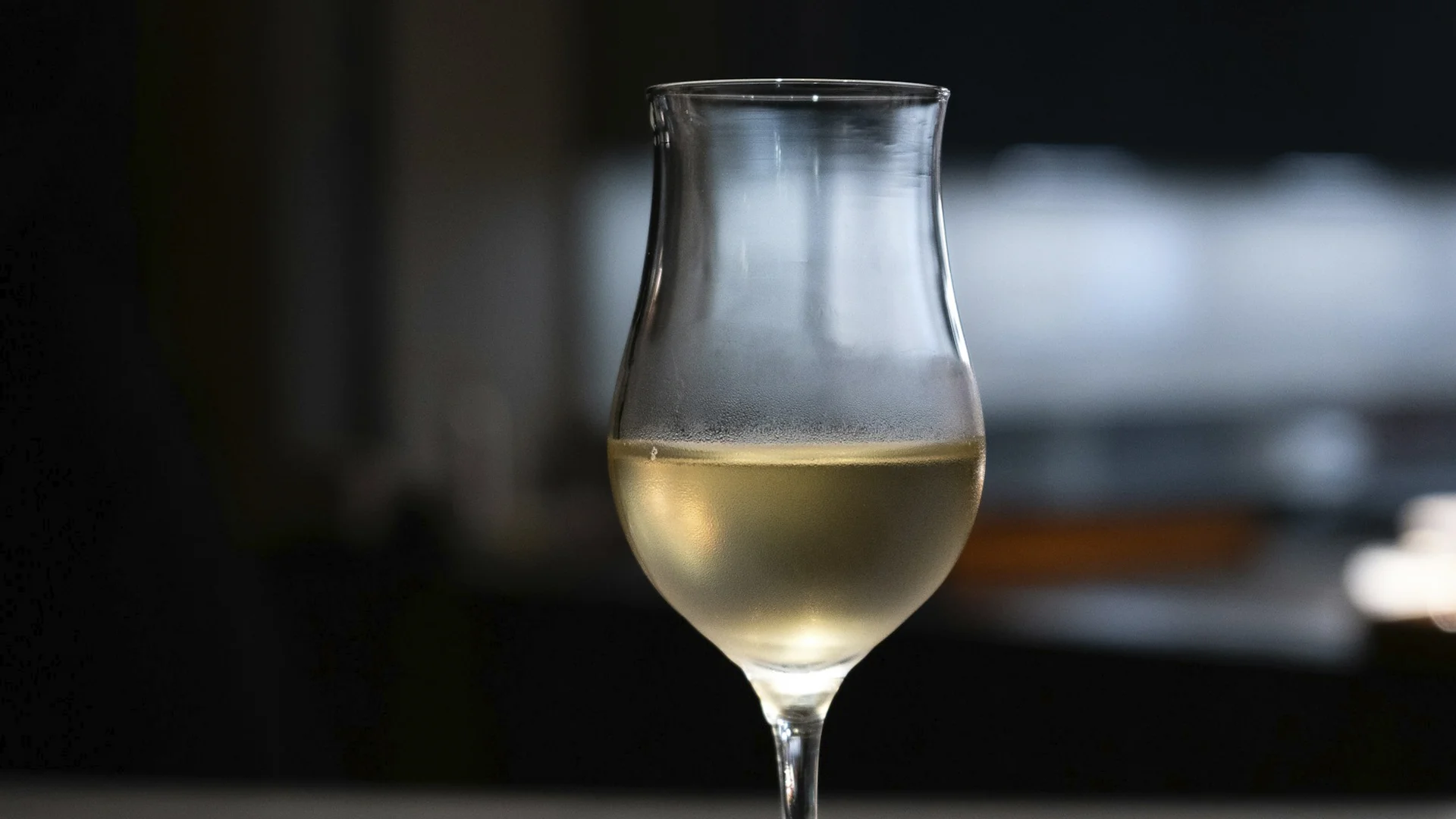
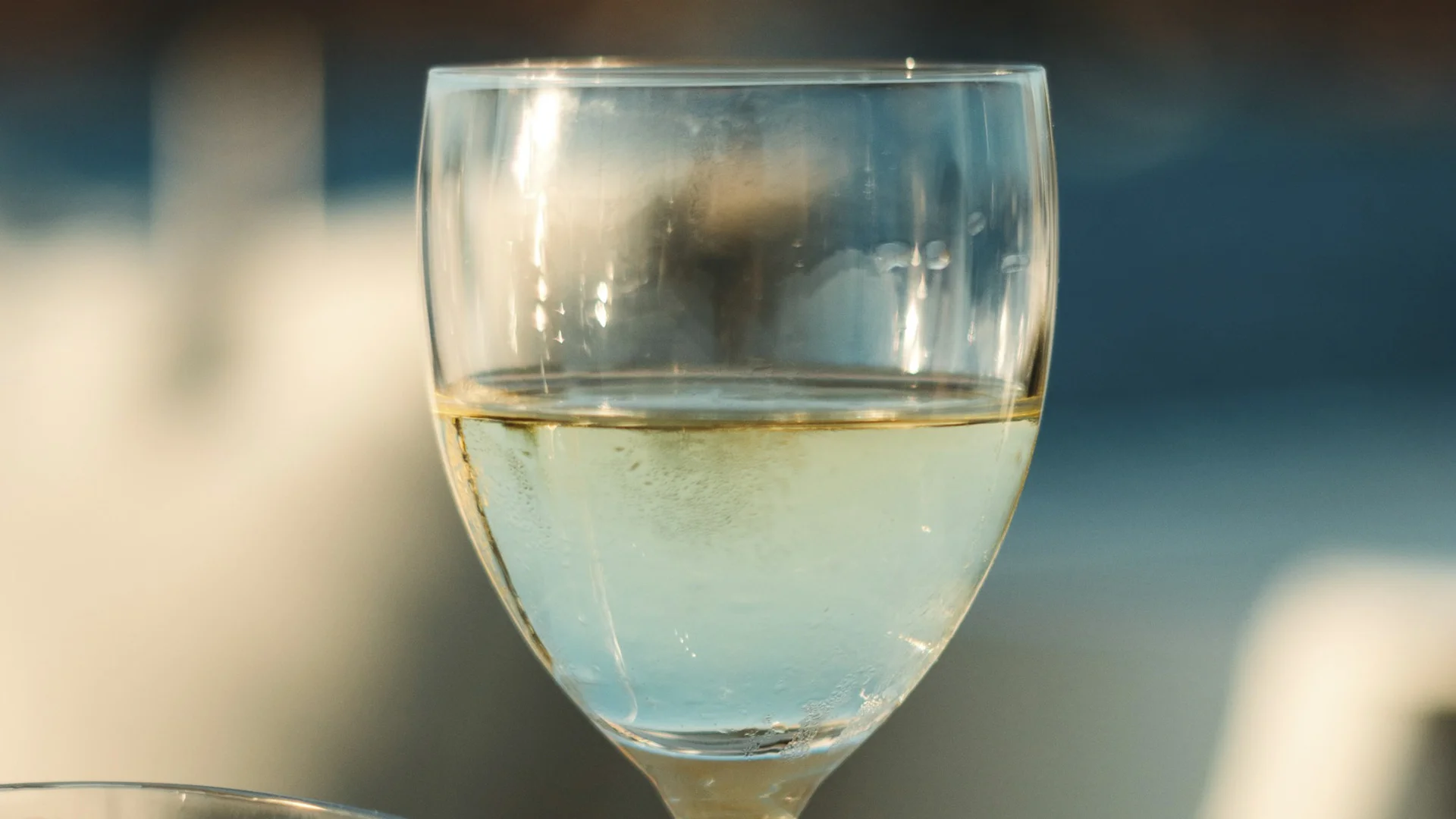
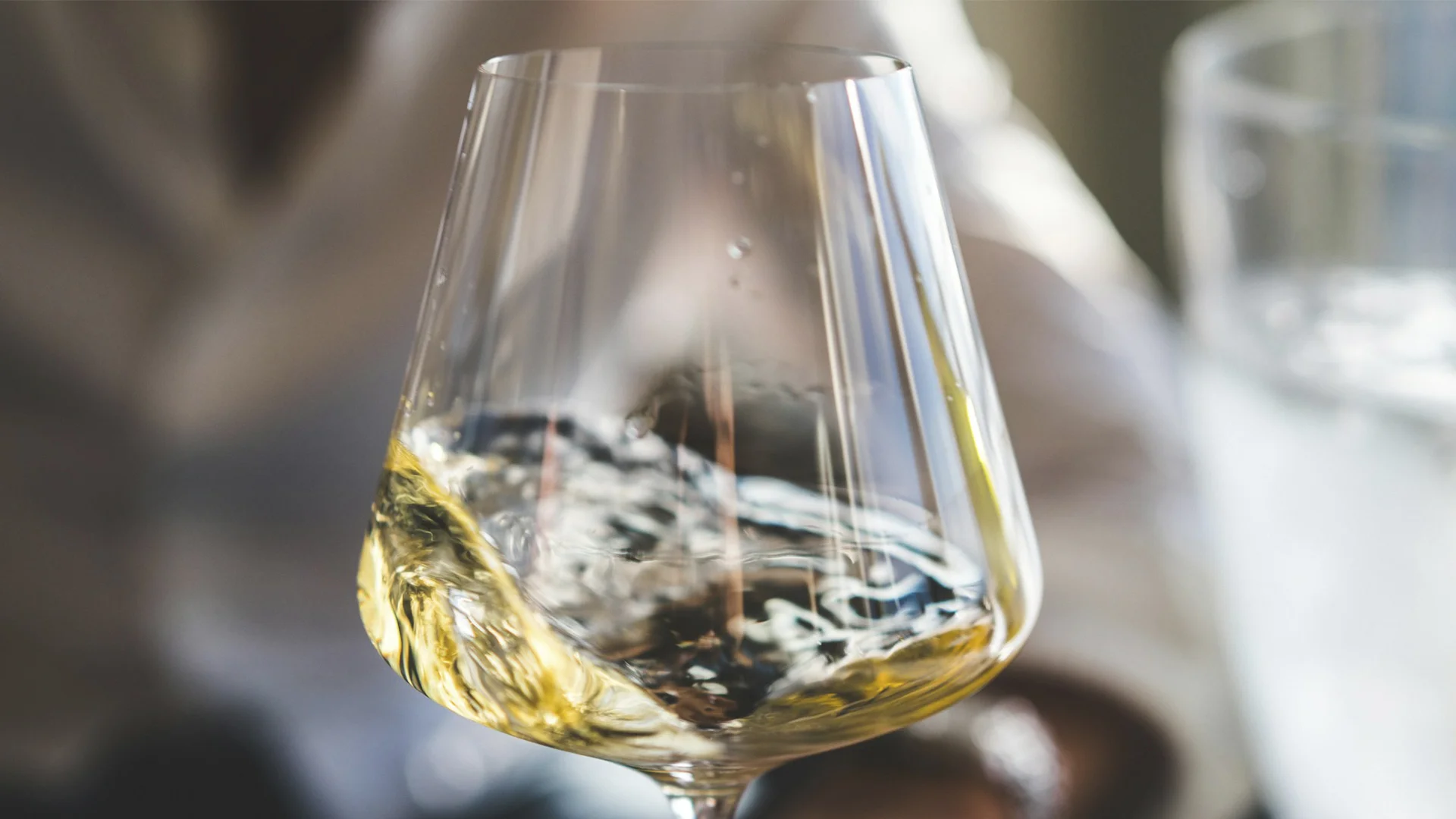



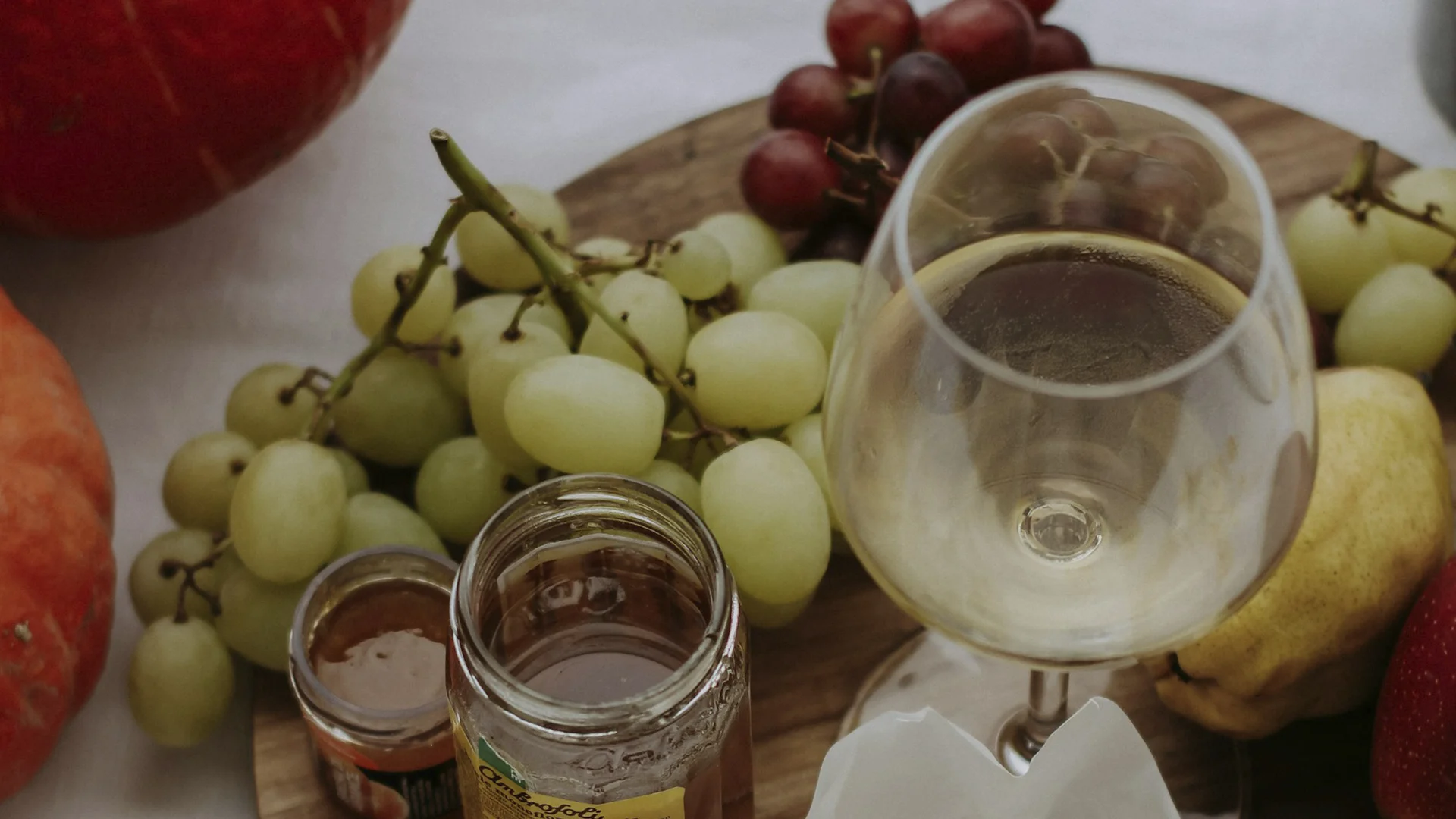









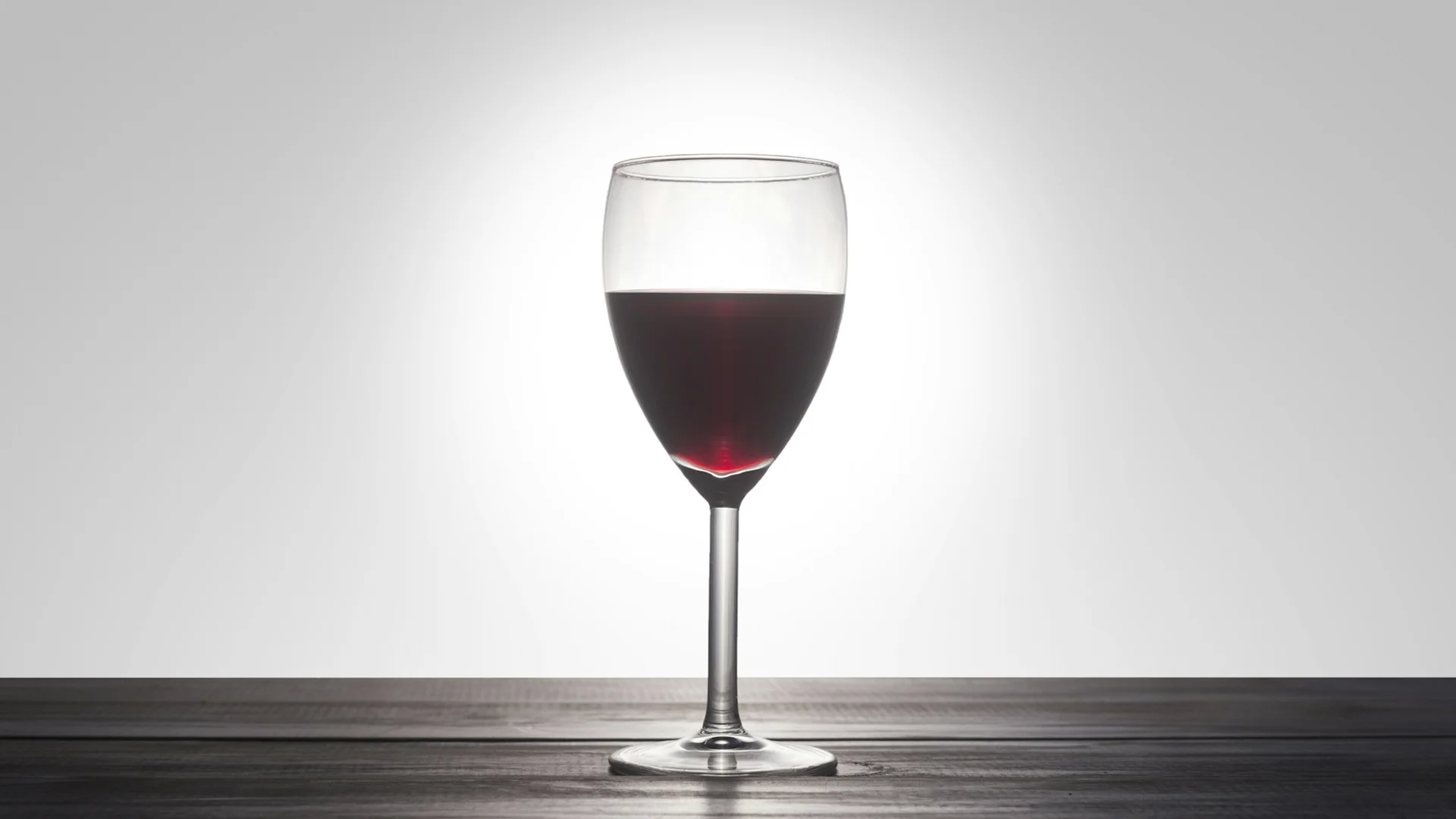


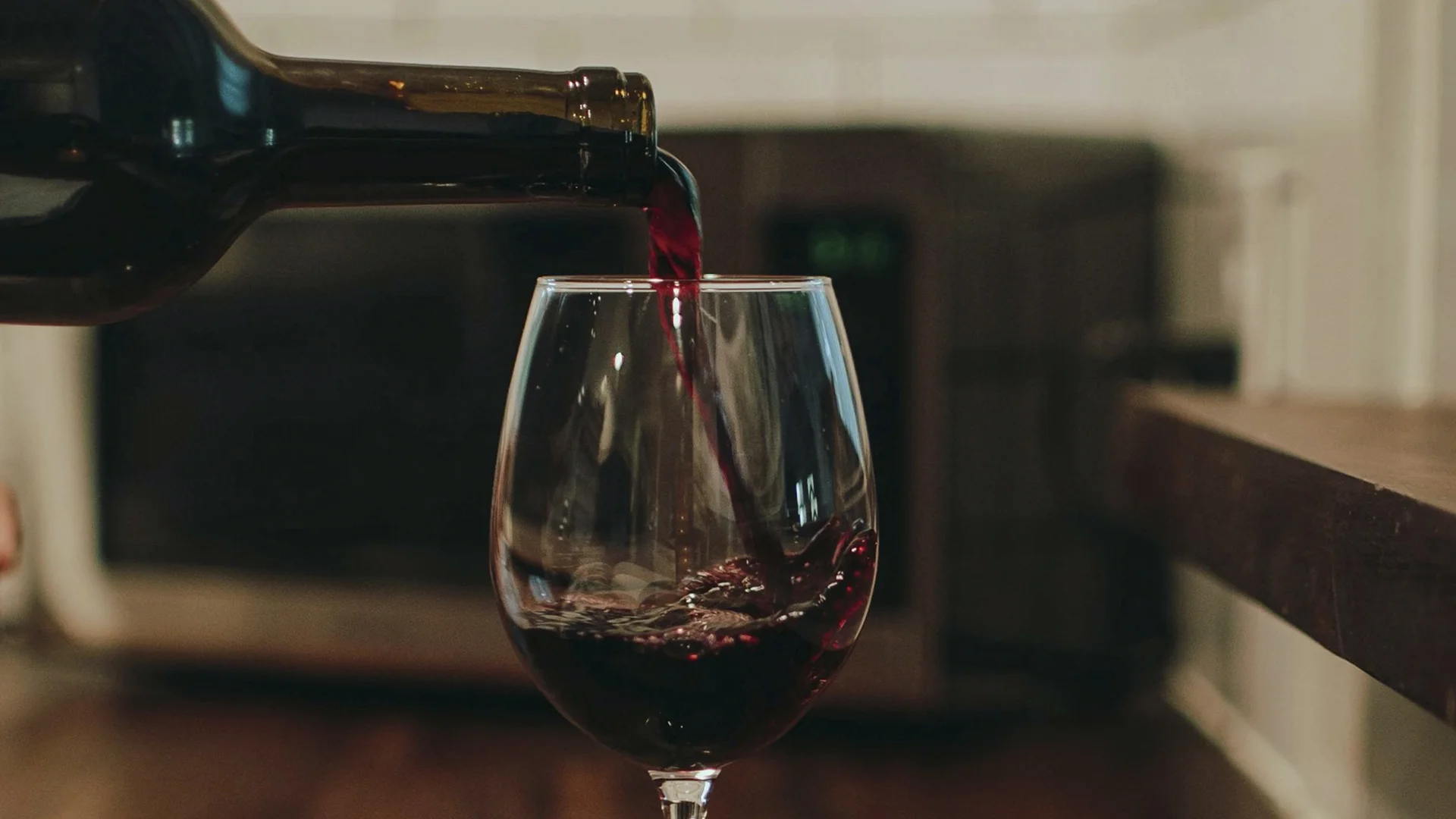
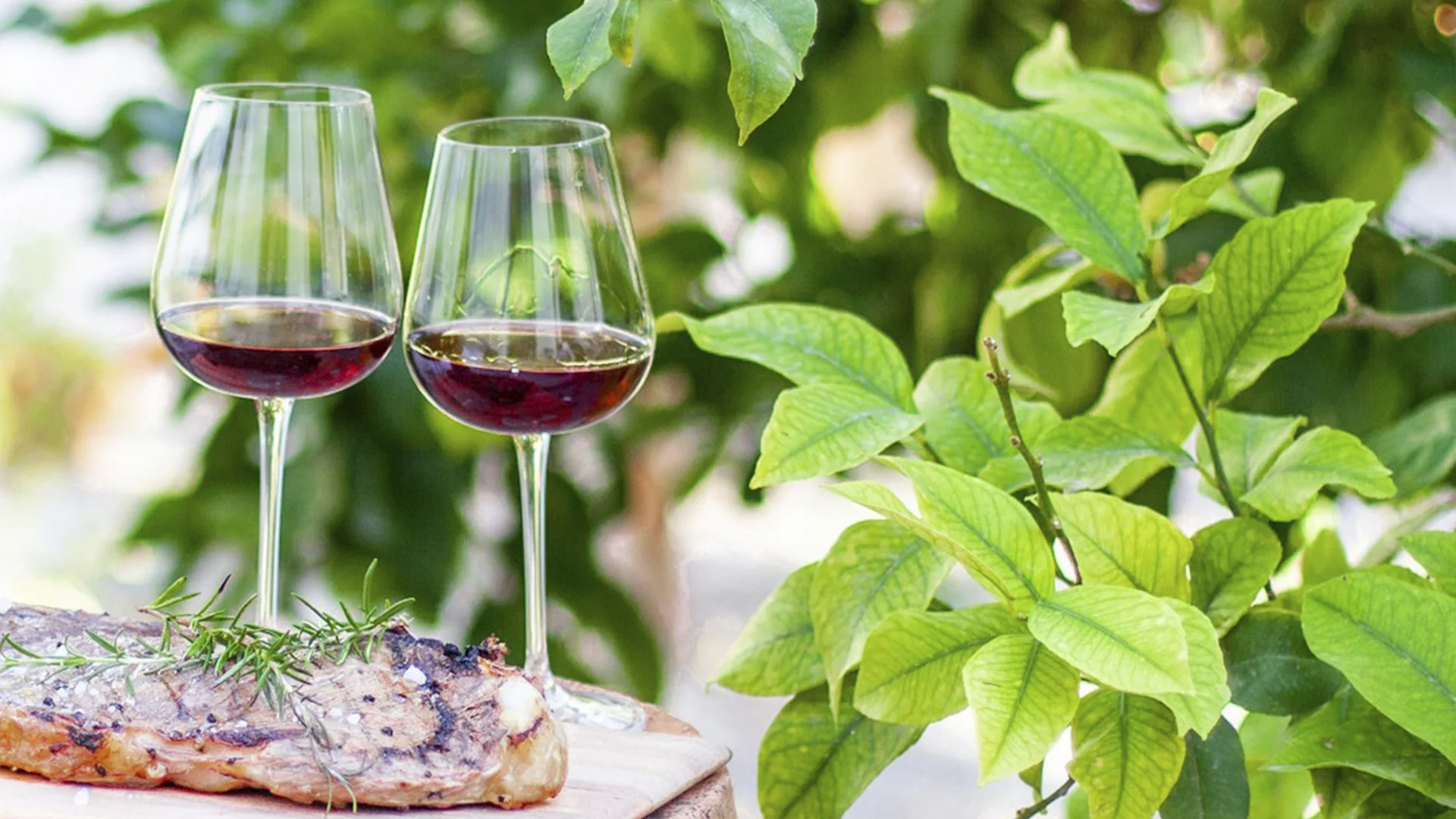

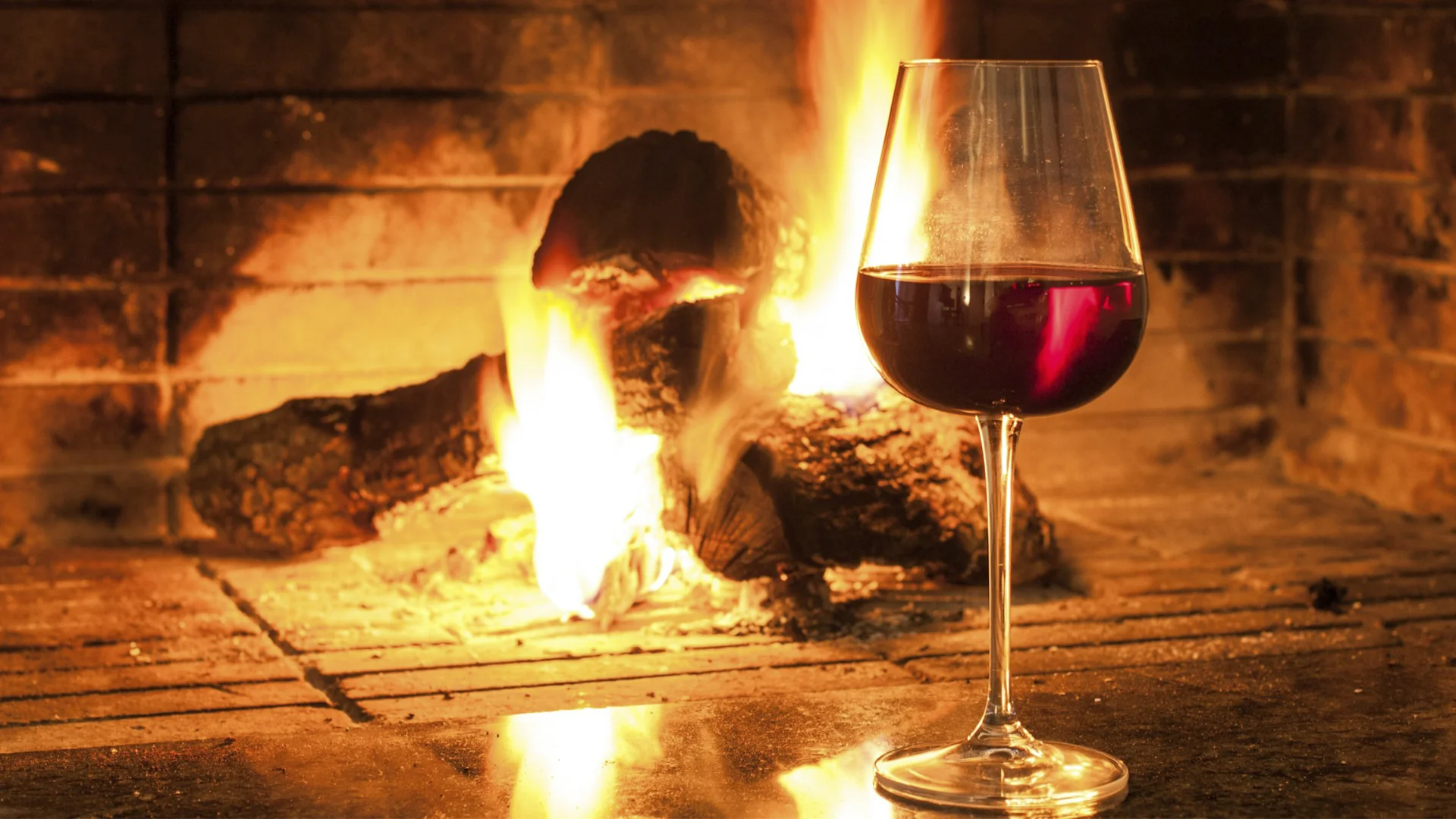



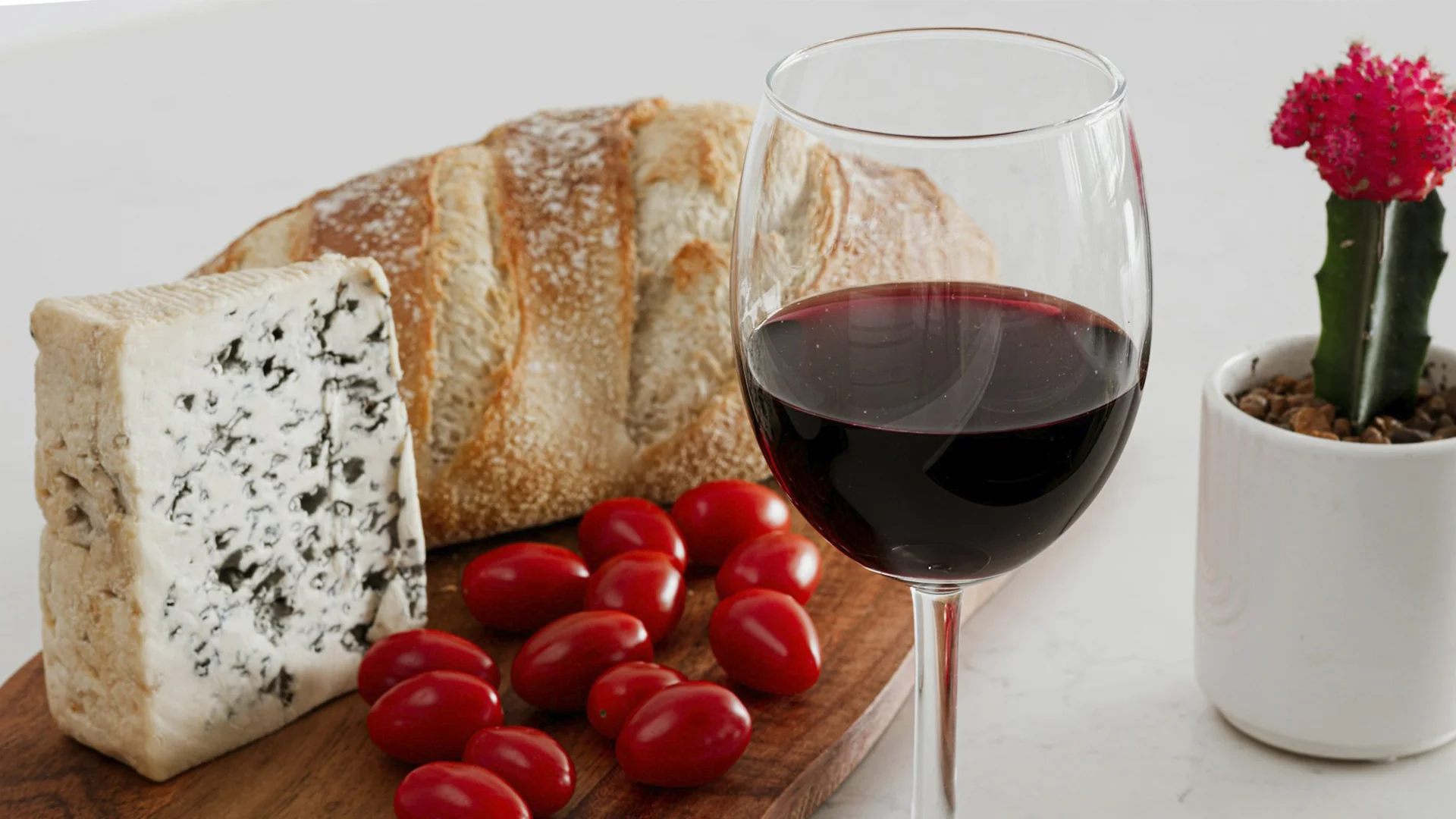




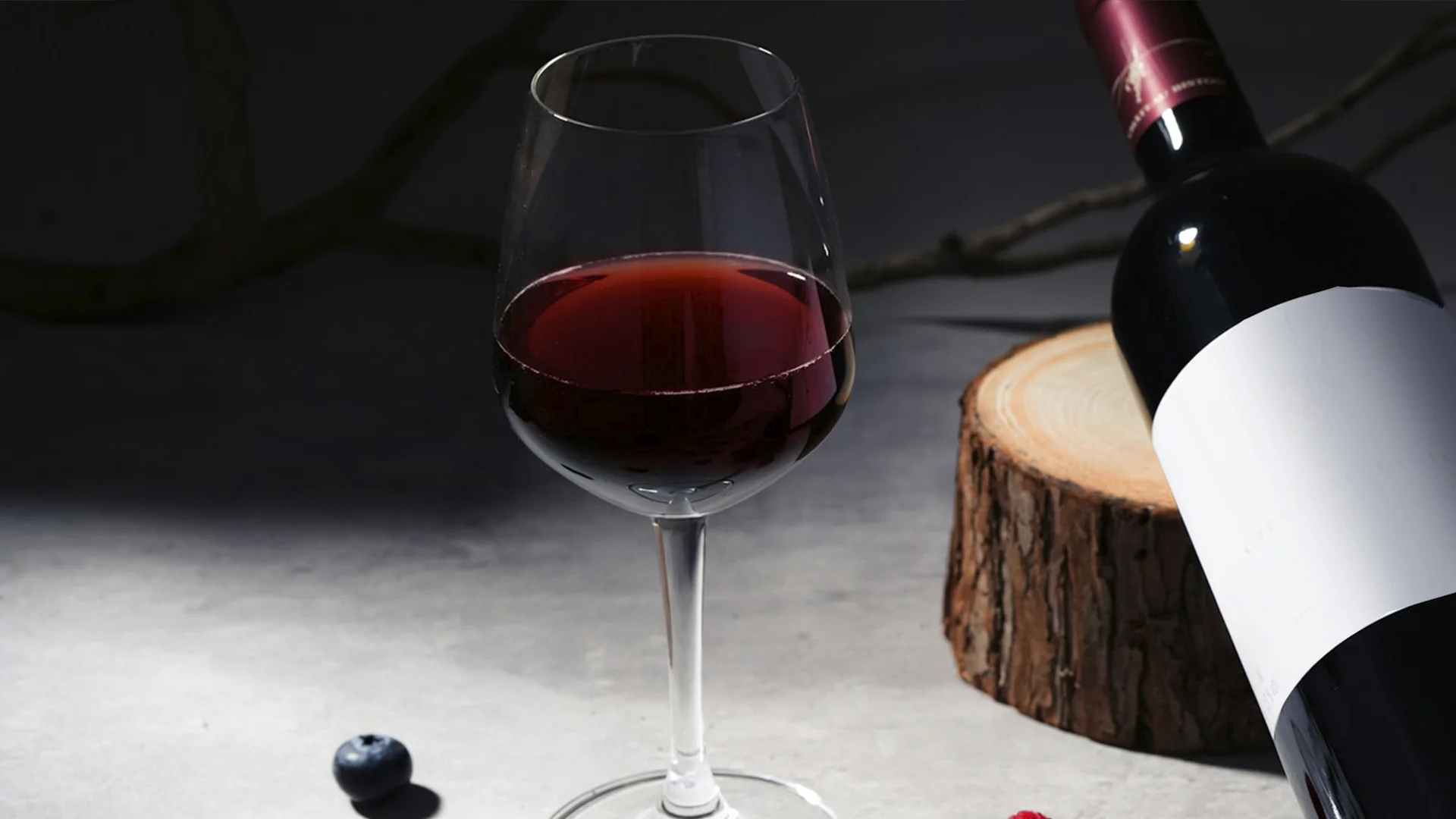

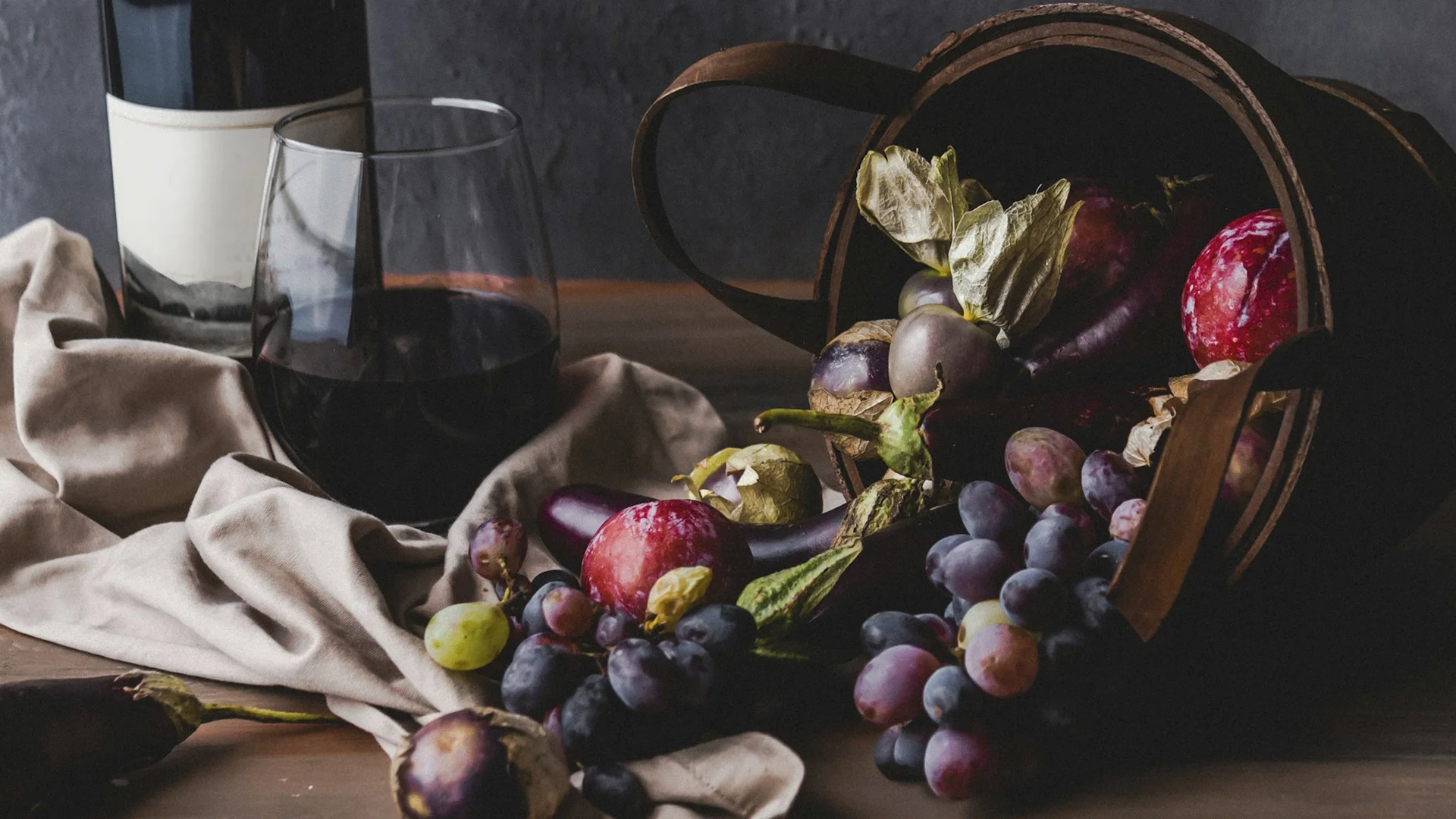
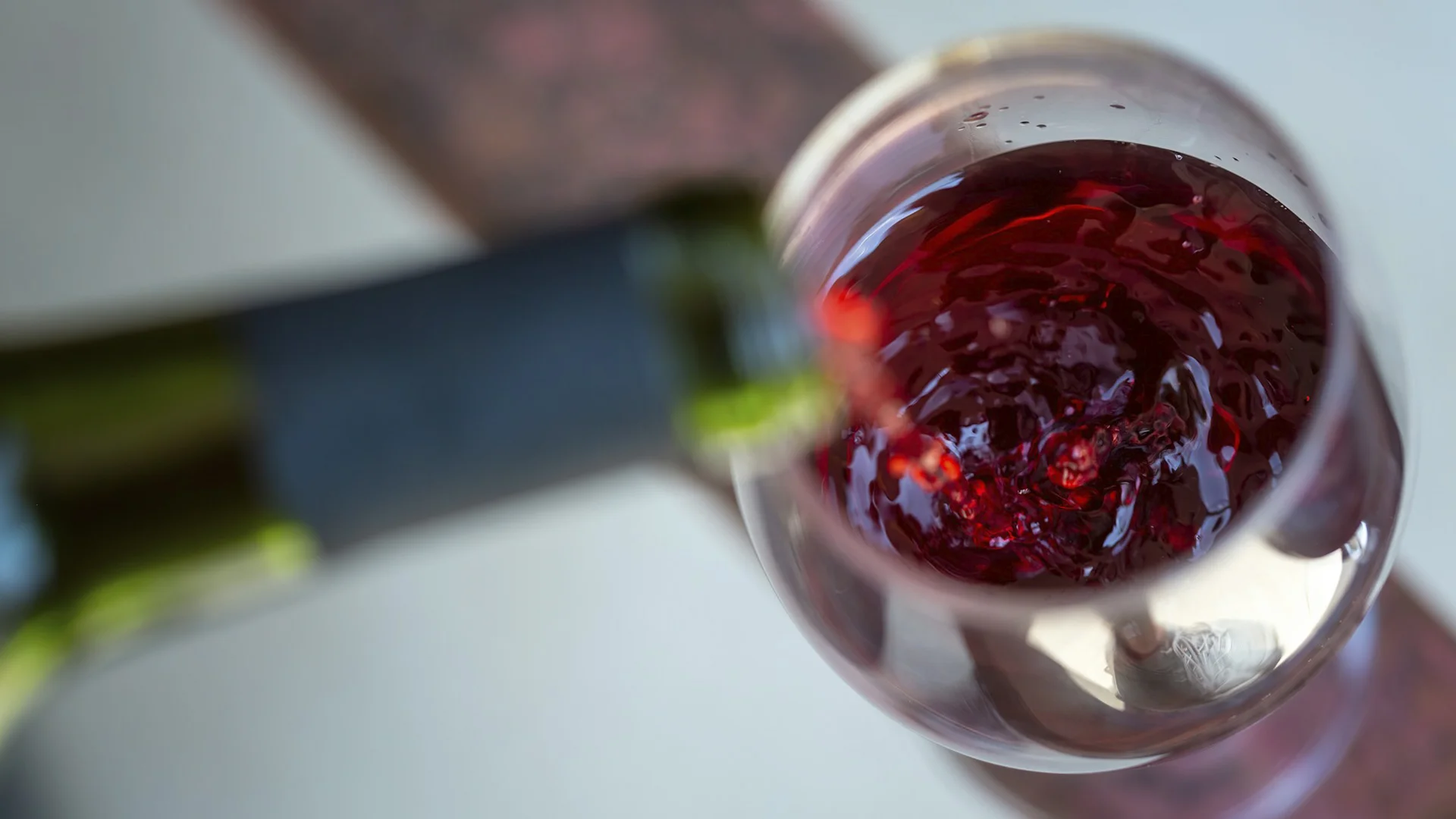
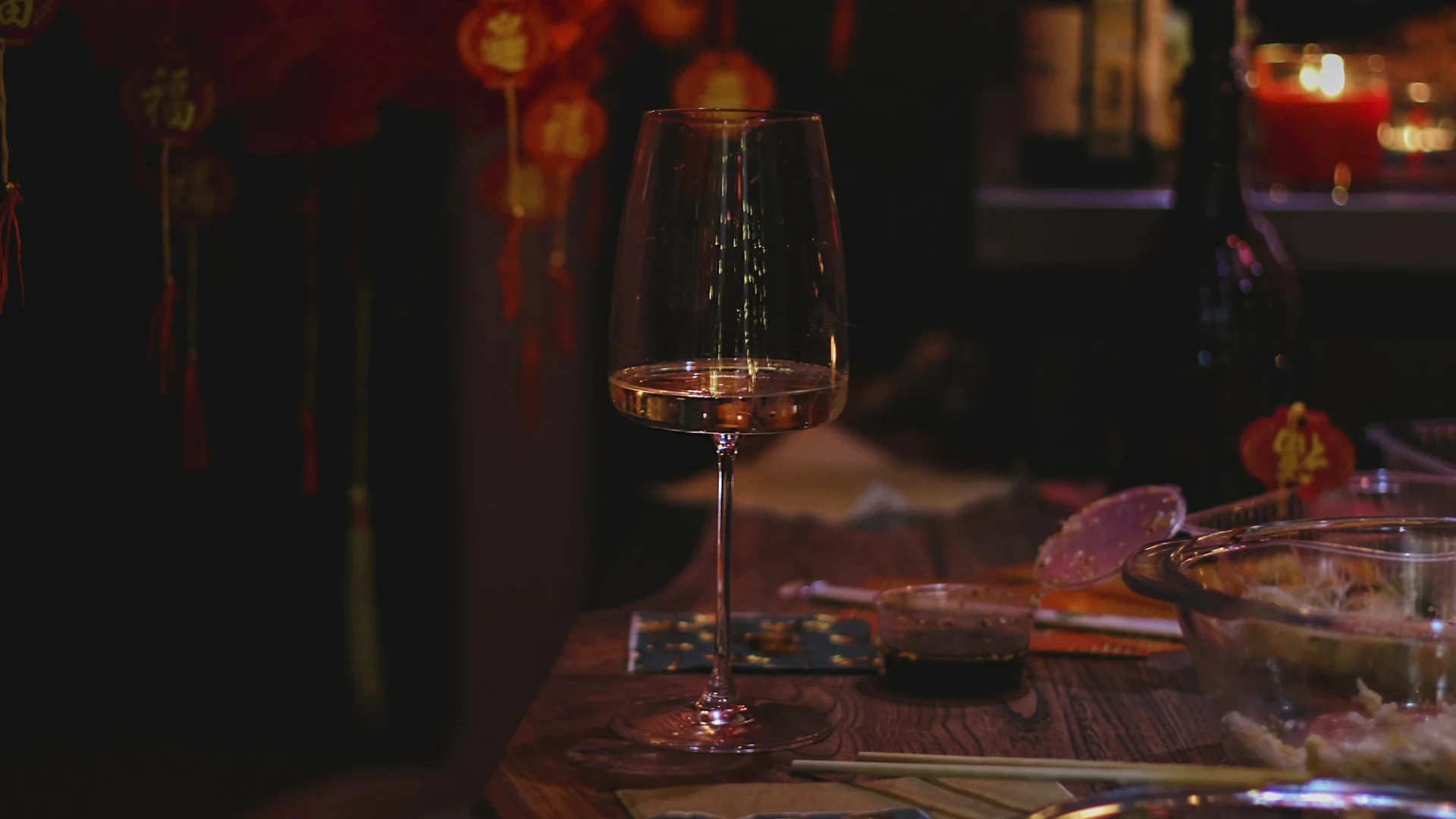






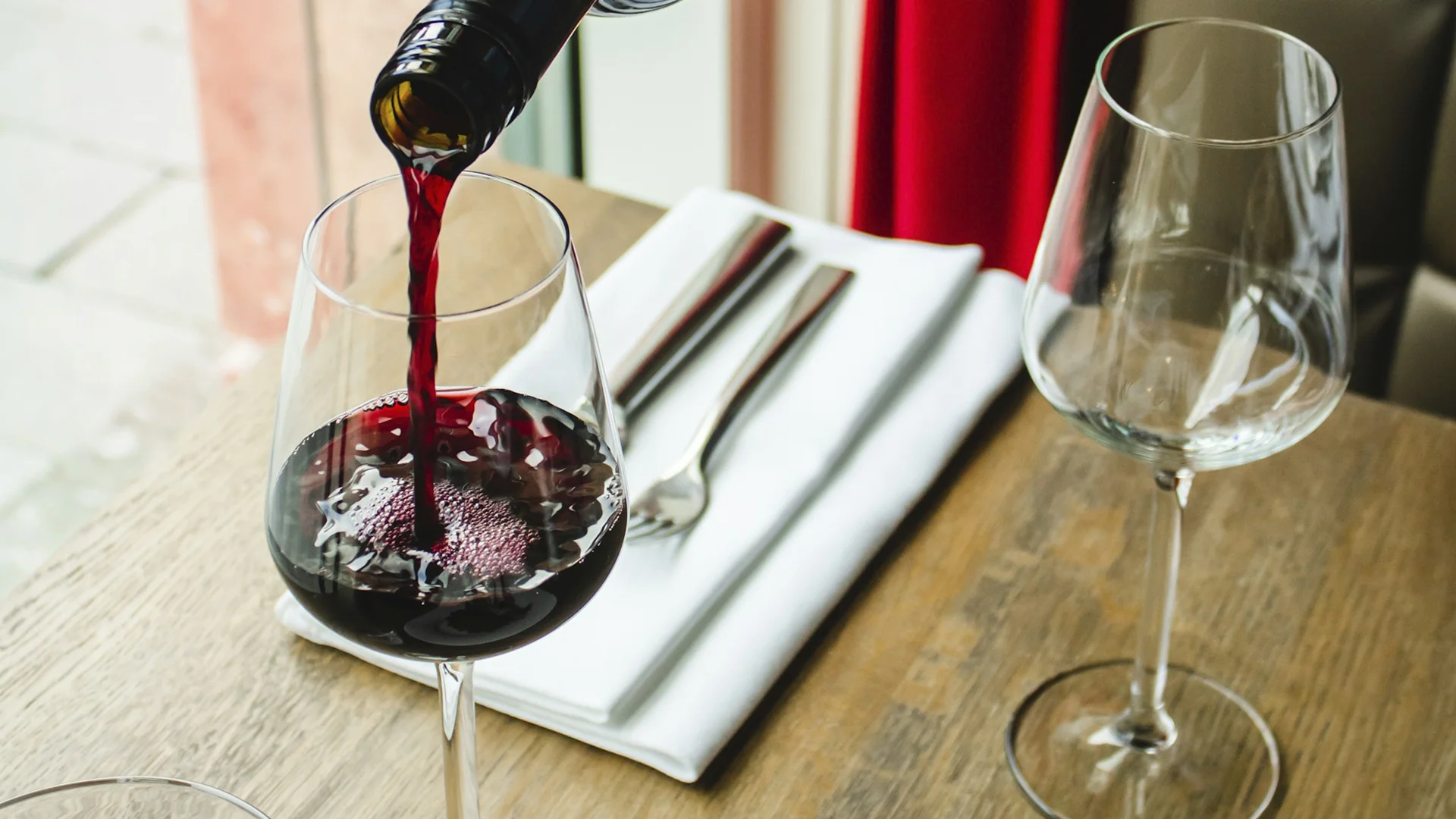












.webp)

.webp)
.webp)
.webp)



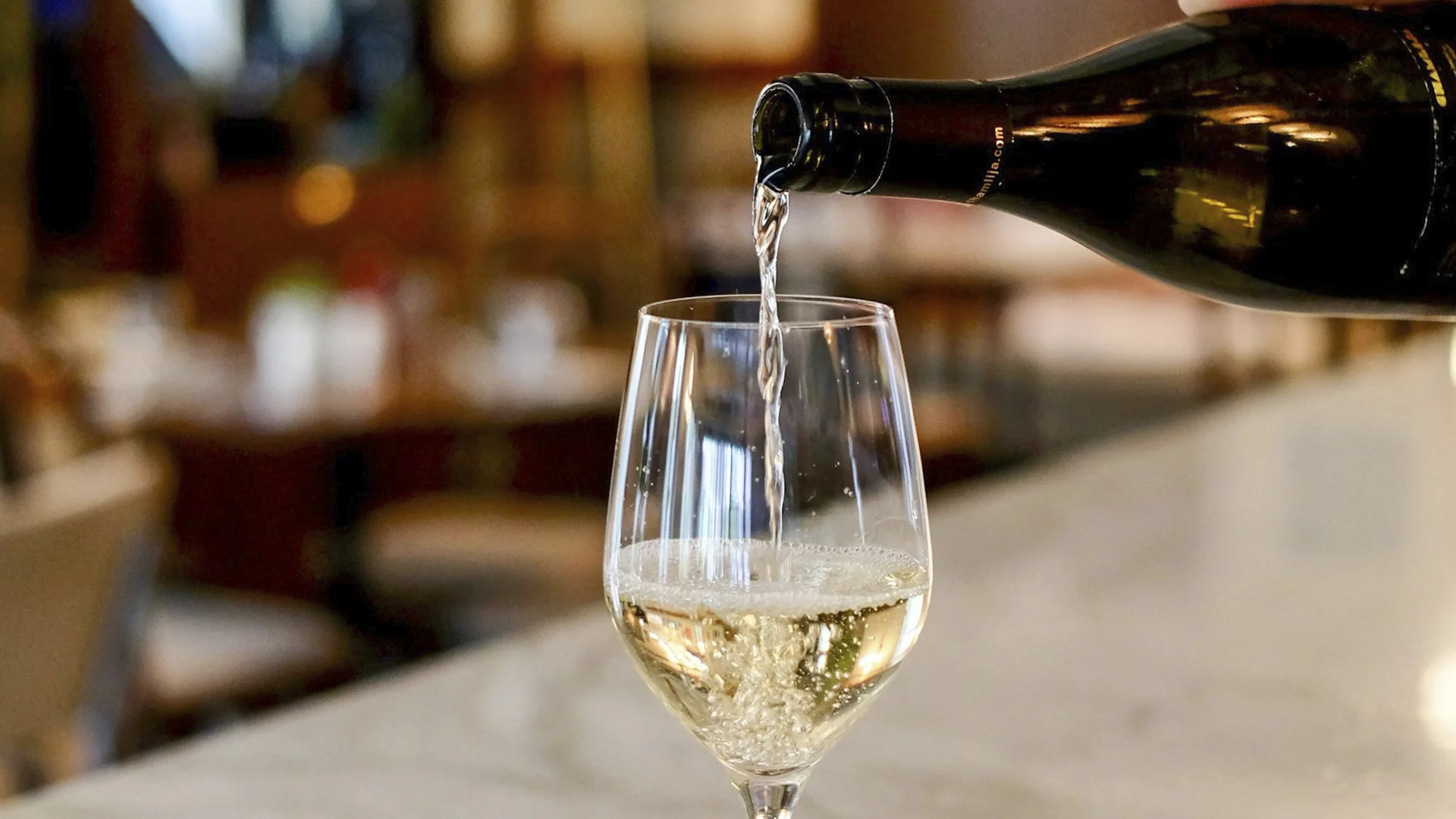


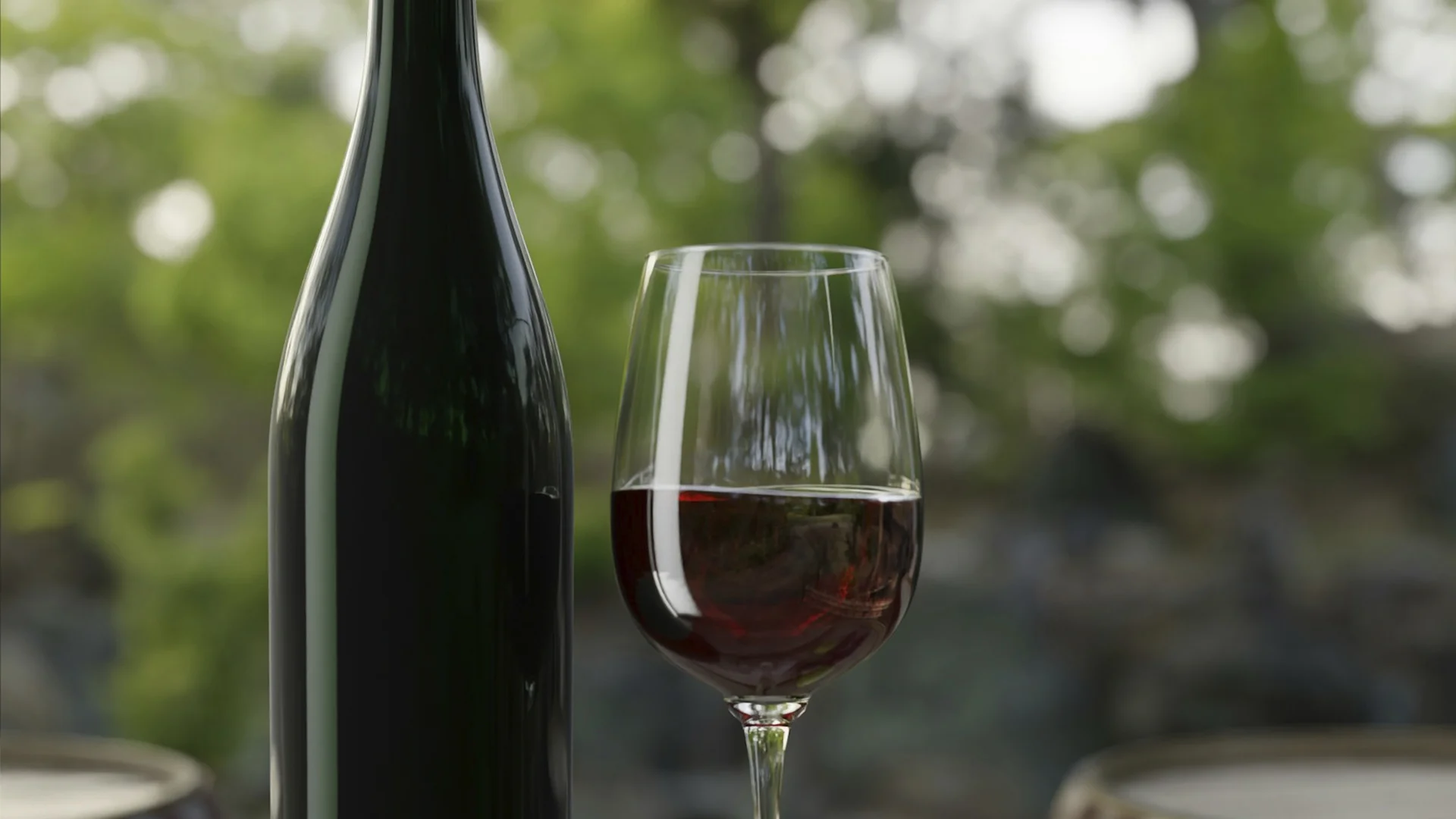



















.webp)













Are you interested in
collaborating with us?